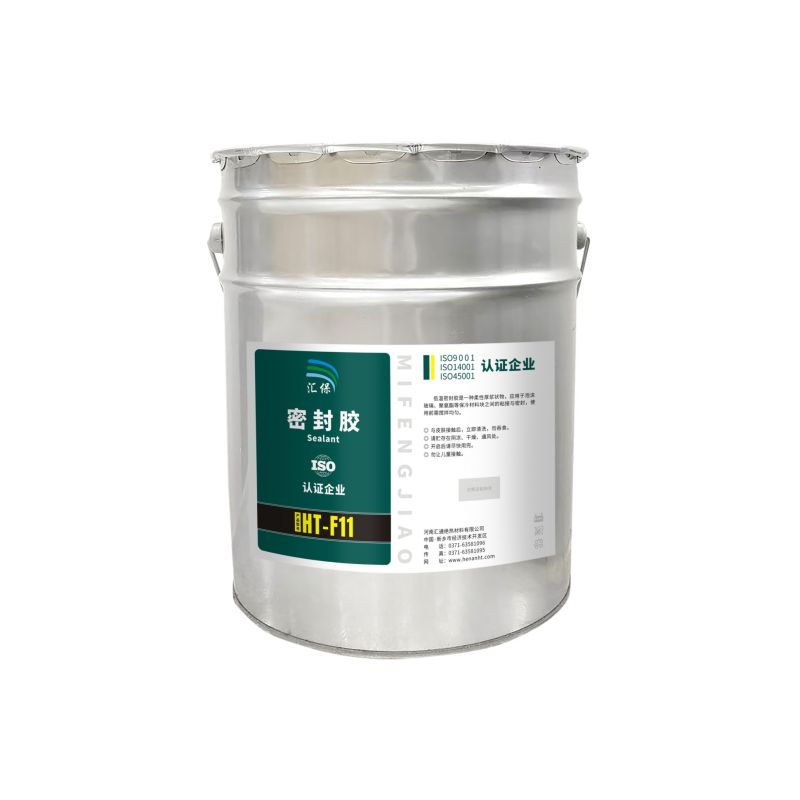Polyisocyanurate Foam (PIR)
Polyisocyanurate Foam (PIR)PIR is a foam material made from the reaction between isocyanate and polyether under catalysis. Its physical and fire-resistant properties are superior to those of regular polyurethane. It is an ideal organic low-temperature thermal insulation material with a low thermal conductivity, lightweight, shock-absorbing, and adaptable. It is widely used in refineries, chemical plants, ethylene production, fertilizer plants, cold storage, and the construction industry for insulation and thermal protection.1. Product Standards:GB/T 25997-20202. Main Technical Indicators3. Packaging and Storage Ø Bundled packaging;Ø When loading, ensure the products are packed tightly to avoid impact;Ø Store in a waterproof, moisture-proof, light-proof, dry, and well-ventilated area;Ø Keep away from heat sources, and avoid direct sunlight.4. NotesØ Handle with care during transportation and handling; Ø When insulating equipment or pipelines, use additional materials such as mastics, sealants, and mesh cloth for sealing, moisture-proofing, and fixing; Ø During installation, tools can be used for cutting.








